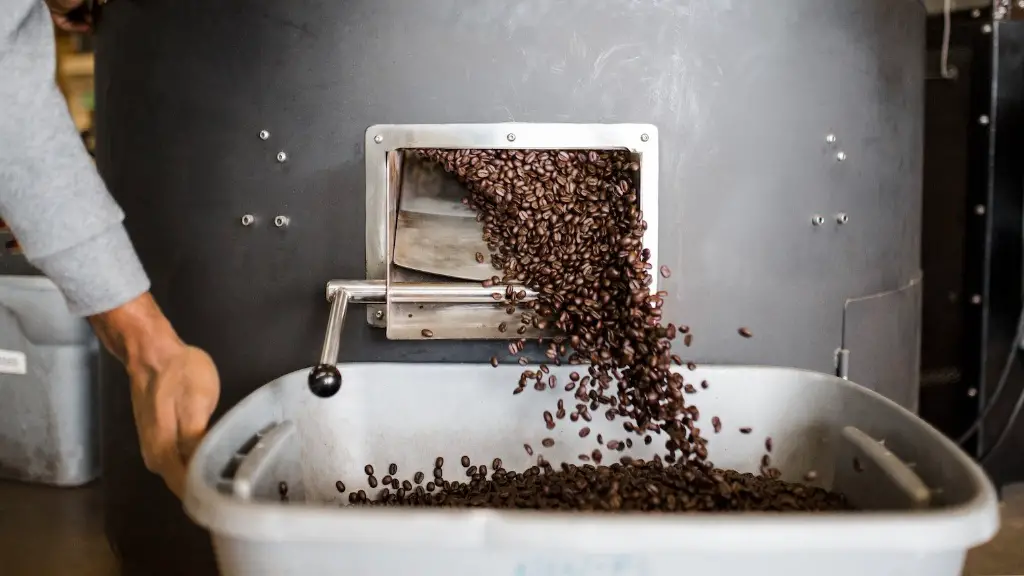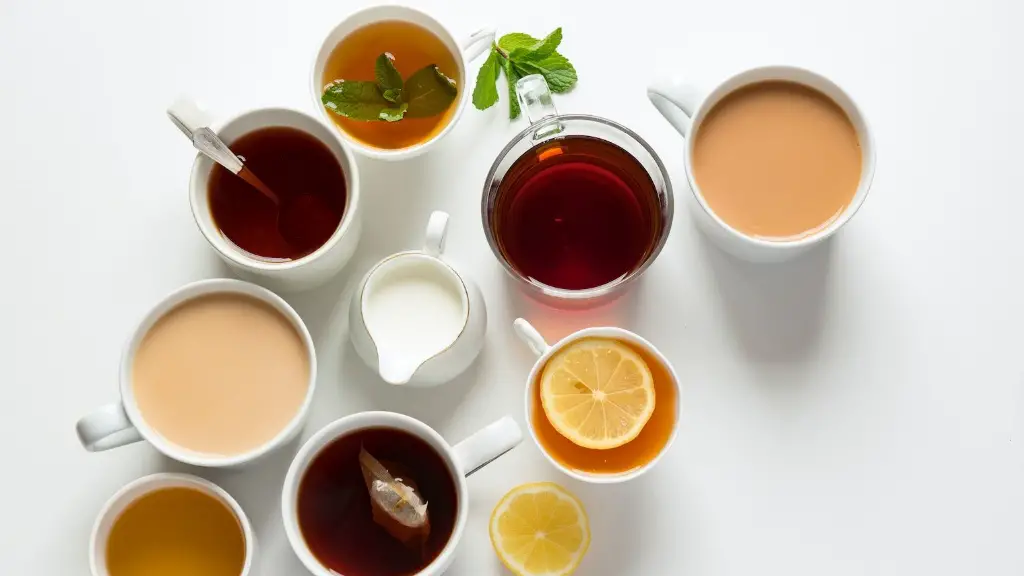Introduction
Coffee has been beloved worldwide for centuries and it’s a well documented treat enjoyed in many cultures. Recent studies show that coffee consumption is on the rise and its popularity is continuously growing. But which nation drinks the most coffee? In this article, we’ll review the research and determine the most notable countries for coffee consumption.
Background
Coffee is a popular morning beverage, with over 400 billion cups consumed per year worldwide. Now more than ever, coffee shops are popping up on every corner and new coffee-making gadgets are becoming household staples. Coffee has made its way into a staple in the daily routines of the morning, freeing time to relax and enjoy the flavor of this beloved caffeinated drink.
Data and Perspectives
A study conducted by Allessandra Cimatti in 2019 concluded that the top 10 countries by coffee consumption are Finland, Norway, Iceland, Denmark, Netherlands, Sweden, Switzerland, Belgium, Luxembourg, and Canada. This data represents the total number of kilogrammes per capita of coffee consumed from the years 2014-2018.
Though the numbers reveal where coffee consumption is highest, the reasons for their consumption and their preferences for coffee still remain unknown. Experts in the field of coffee consumption agree that more research is needed in order to reach a conclusion about the national preferences for coffee.
Analysis & Insights
This data reveals a geographical pattern in the countries where coffee consumption is highest. Northern European Western nations appear to have the highest consumption of coffee, with Finland being the most avid coffee drinking nation of all.
Finland appears to have the highest consumption of coffee with 12.5 kg per capita of coffee consumed per year, while Canada and the US generally consume between 4 and 8 kg per capita per year. It is possible that the colder climates, faster pace of life and abundant farmed coffee beans all contribute to this higher than average consumption in these regions.
Additionally, the availability of the beans may contribute to the higher ranking of some of the countries in the study. For example, Finland is the home of a local coffee roasting company, Paulig, and Norway is another home to Larsen Kaffe, meaning that the availability of quality beans will only increase the consumption of coffee in these regions.
Global Trends in Coffee Consumption
In recent years, the global market for coffee has grown exponentially and the retail sales of coffee have become increasingly popular. According to the International Coffee Organisation, the global demand for coffee has increased steadily, with an upward trend in the past 10 years. This trend seems to be fueled by increased demand in Asia, with countries such as China and India entering the mix, as well as growth in market share of specialty coffees, such as espresso.
Overall, data indicates an overall increase in global demand for coffee and an overall shift from traditional methods, such as filter coffee and French press to more modern methods, such as espresso and cold brew.
Consumption Habits by Country
Coffee consumption varies widely by country. While the total consumption is highest in Finland and Norway, the United States consumes the most coffee in one sitting. In fact, the average American drinks two to three cups of coffee each day, a testament to the old adage, “a cup of coffee a day keeps the doctor away”. Additionally, Americans tend to favor the traditional brewing methods, such as filter coffee and French press, while Finland’s love of espresso is evident in their overall high consumption numbers. It is possible that the American preference for convenience contributes to their greater consumption of coffee in a single sitting, while Finland’s love of espresso and luxury may help them to have higher overall consumption.
Price of Coffee
The price of coffee also plays a major role in where coffee is most consumed. Coffee in the United States is extremely affordable, with the average cup costing around $1.50. This low cost has contributed to the overall rise in popularity of coffee in the United States. Additionally, coffee in Scandinavia is more expensive than coffee in the United States. This could explain why coffee consumption is higher in Finland and Norway, as the cost of coffee is still in line with their traditional preference for luxury goods.
Social Impact of Coffee
Coffee has not only a physical but also a social impact on its consumers. Coffee has become a social phenomenon and a way for people to connect with one another in a relaxed and comfortable setting. Whether it’s meeting up for a cup in a coffee shop or just enjoying a cup with your loved ones at home, it provides an opportunity for people to engage in meaningful conversations.
In many cultures, coffee is a cultural experience and an integral part of everyday life. The Finnish have a tradition of “kahvipausi”, or coffee time, where they have a short break to enjoy coffee and refocus during the day. In Norway, coffee is a necessary part of the daily diet and an essential part of celebrations and special occasions.
Environmental Impact
On the downside, coffee production has an environmental impact that needs to be taken into account. The increased demand for coffee has led to a spike in coffee production and an increase in coffee prices, leading to a potential for over-harvesting and exploitation of flora in coffee-growing regions. As coffee production rises, attention must be paid to the environmental cost of unsustainable practices.
Additionally, there is a growing concern about the impact of paper filters, non-biodegradable capsules and single-use pods on the environment. Many coffee shops have begun to use sustainable solutions to reduce their carbon footprint, such as compostable paper filters and reusable capsules.
Consumer Awareness & Education
It is important to recognize the environmental impact of coffee production and consumption, as well as to educate consumers on the impact of their coffee choices. Consumers should be aware of the source of their coffee and the companies they are purchasing from. Additionally, they should look for sustainably-sourced coffee, stay informed about the local laws, and be aware of the impact of their consumption.
In addition, consumers should be aware of the health implications of drinking too much coffee. Research suggests that drinking more than four to five cups of coffee daily can have adverse effects. Moderation and understanding the physical effects of coffee consumption can lead to a healthier lifestyle and an overall more enjoyable experience with coffee.
Business & Marketing Strategies
Coffee companies are also implementing new initiatives to reach consumers, such as online ordering and subscription services. By utilizing these services, companies can tailor their products and services to individual consumers, creating a unique and personalized experience. Additionally, companies are also expanding their markets internationally, with the global market for coffee steadily increasing.
In addition, companies are focusing on sustainable business practices, such as locally-sourced coffees and ethical production processes. By developing sustainable and ethical business practices, companies can build trust with their consumers and create a strong and lasting relationship.
Conclusion of the Coffee Industry
Overall, global consumption of coffee is on the rise and it appears that the popularity of coffee is far from stagnant. Consumers today are increasingly aware of their own consumption and are looking for companies which prioritize sustainability and ethical practices. Additionally, coffee companies should take into account local laws and regional preferences in order to create a tailored marketing and production strategy. By keeping up with the latest trends and adapting to the changing preferences of consumers, the coffee industry will continue to thrive in coming years.



